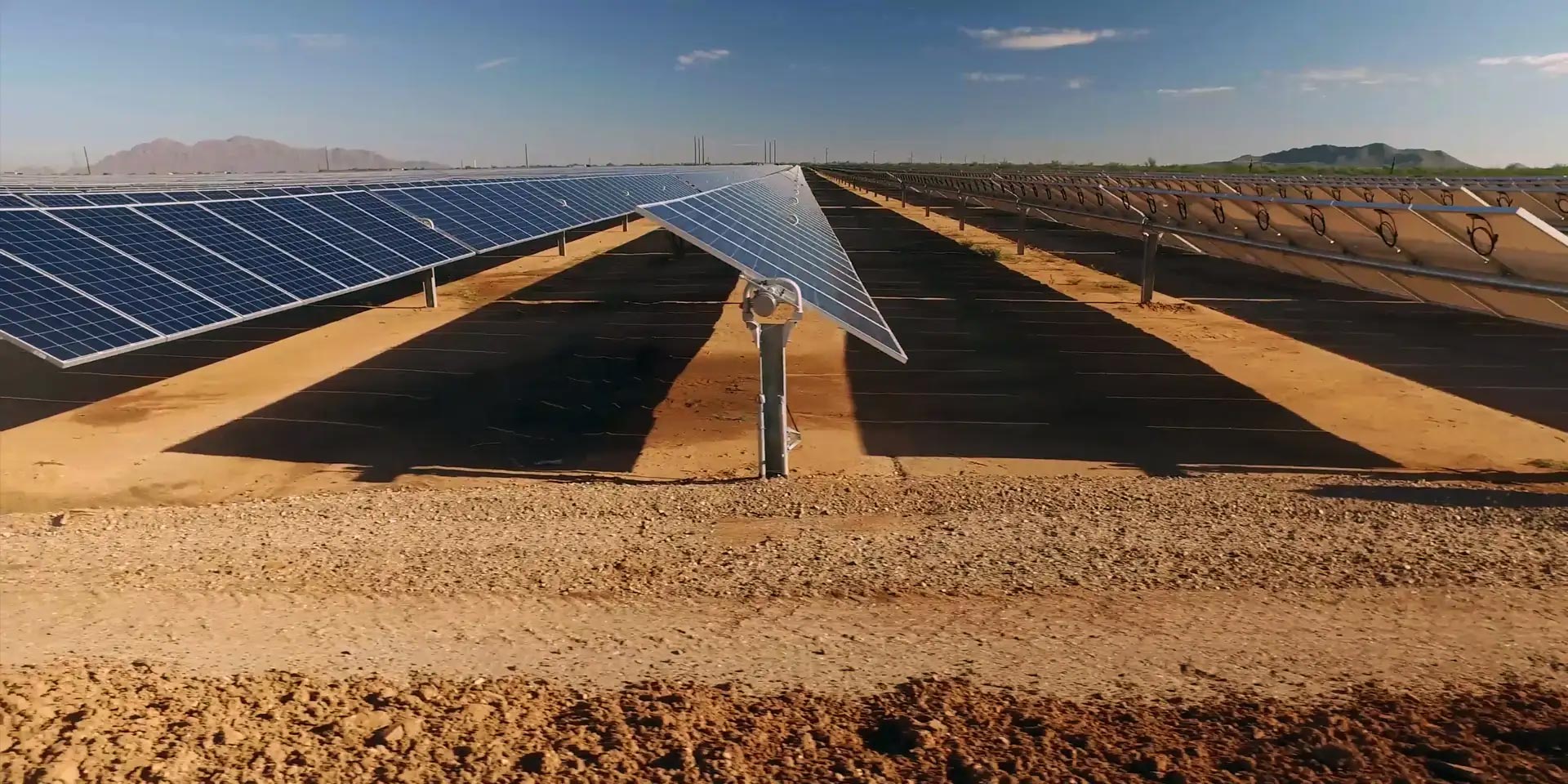Decarbonisation
AGL | CEF NEWSLETTER | China | CHINA MONTHLY ENERGY UPDATE | Coal/electricity/electrification | Critical minerals | CRITICAL MINERALS SERIES 2022-23 | Decarbonisation | Energy Crisis | Finance Sector & Emissions | Green Iron | Hydrogen | India & Adani | Nuclear | Podcasts | Solar | Submissions | Taxes & subsidies | US IRA/ NZIA et al |
PRESENTATION | Climate finance in the energy sector
Tim Buckley’s presentation to the AustCham FIT Industry Forum on global decarbonisation. Read more
PRESENTATION | Progress being made against fossil fuel dominance: good news stories on renewables and the growing strength of the global energy system transformation
Tim Buckley’s presentation to the annual ARCCC conference. Read more
REPORT | GREEN CAPITAL TSUNAMI: China’s >$100 billion outbound cleantech investment since 2023 turbocharges global energy transition
CEF’s news report shows that a green capital tsunami of investments from China into cleantech around the world is speeding decarbonisation, but Australia, with its opaque foreign investment regime, is missing out, as investment hit a multidecade low last year, forgoing its massive opportunity to co-invest with China in clean energy-powered onshore value-adding, including green iron. Read more
WA Government to Accelerate Electrification and Decarbonisation with Priority Common User Infrastructure Corridors
In a landmark for accelerating electrification and decarbonisation of the Pilbara, Australia’s resources engine room, the WA Government’s Pilbara Energy Transition (PET) Plan has announced the development of priority common user infrastructure (CUI) corridors in the region. Read more
OP ED | AMID IRON ORE WOES, BHP POSTS STRONG FY24 RESULTS BUT DECARBONISATION FAIL – Must keep eyes on the green iron prize
The iron ore slump means Australia must pivot at speed and scale to its immense opportunities in green iron, which requires action on decarbonisation. BHP, we’re looking at you. Read more
Reforming the diesel subsidy is not ‘economy-wrecking’: response to the Minerals Council of Australia
CEF advocates for a $50m per group per annum cap to the diesel fuel subsidy, and for all tax receipts to be returned to the mining firms impacted if they are reinvested in deployment of electric vehicles (EV) and the enabling renewable energy infrastructure. This cap would limit this reduced subsidy to eight of the largest mining firms in the world, turning a headwind to decarbonisation into a tailwind, and therefore aligning with Australia’s national interests in terms of improved energy security and acting in alignment with the climate science. Read more
AEMO Electricity Statement of Opportunities
Tim Buckley analyses the latest AEMO ESOO, which shows no reliability gap out to 2034 – if all planned replacement capacity projects are delivered on time. Time for state governments to accelerate approvals and strategic public interest investment into firmed renewables in line with the federal 82% renewables by 2030 target, and lock in low-cost, clean reliable supply to ameliorate the climate, energy and cost of living crises. Read more
REPORT | SUPERPOWERING-UP: Accelerating the Electrification and Decarbonisation of the Pilbara
An analysis of current energy demand in the Pilbara, and the need for common user electricity infrastructure to accelerate electrification and decarbonisation at speed and scale, leveraging Australia’s opportunity to lead globally on zero-emissions value-added industries of the future. Read more
PRESENTATION | Electrifying Tomorrow: China’s Outbound Foreign Direct Investment in Batteries and EVs
Tim Buckley presents to UTS ISETS Read more
MONTHLY CHINA ENERGY UPDATE | China’s Power Market Half Year 2024 Review
During the first 6 months of CY2024, China installed a total of 152.8GW of new capacity additions, a 14% y-o-y increase. 134.5GW or 88% were zero emissions capacity, a 25% y-o-y increase. Although China’s thermal new additions during the first 6 months of CY2024 show a decline, CEF believes for China to reach its ‘dual carbon’ targets – peaking carbon emissions by 2030 and achieving carbon neutrality by 2060 – it needs to cease new thermal expansion as early as possible, even noting its orientation to new low utilisation, flexible coal plants. Read more
PRESENTATION | Where to from here? The importance of the FMIA and Clean Exports Vision for Australia
Tim Buckley presents at the SEC’s Renewables, Storage and Generation summit Read more
PRESENTATION | The Global Energy Transformation and Implications for Australia
Tim Buckley, Matt Pollard and Xuyang Dong present to TIQ Read more

